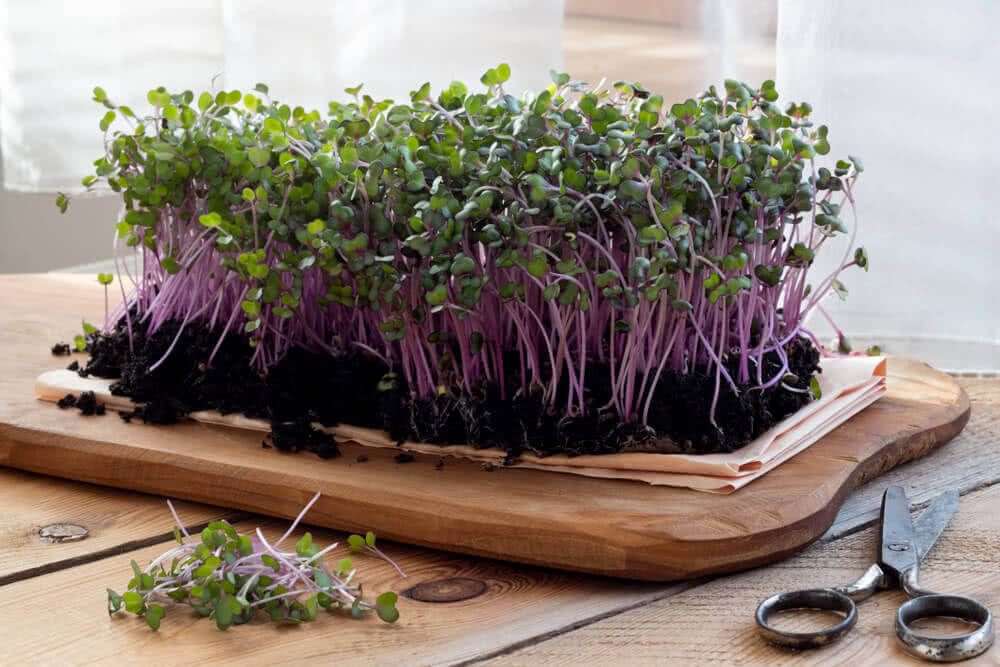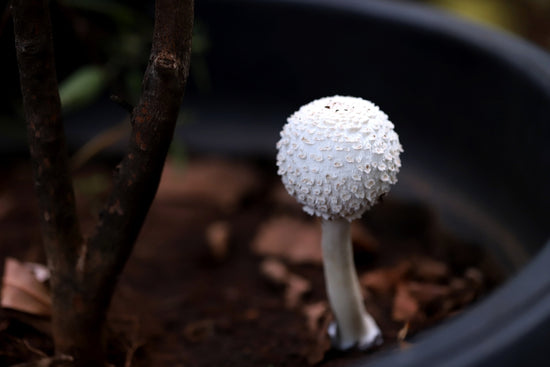Let's have a look at all the benefits that microgreens have to offer:
1. Superfoods
Microgreens are superfoods, loaded with vitamins, minerals, and antioxidants. These little green plants posses more nutrients than regular leafy vegetables. When microgreens are part of your daily diet, the health benefits will be evident. After heavy calorie intake in holidays or festivals, the fastest way to detox yourself is by growing and consuming microgreen vegetables.

2. Fastest Harvest
Microgreens produce the quickest edible plant harvest ever. Micro-methi can be harvested 8-10 days after seed sowing. Other microgreen leafies like spinach, Amaranth, Mustard are also collected within 10-12 days of planting. Therefore microgreens are best suited for a fast-paced urban lifestyle.
Click Here to Buy Microgreen Vegetable Seeds Online in India.

3. Less Sunlight
Unlike conventional kitchen garden plants like fruiting vegetables, microgreens require less sunlight. Only 2-3 hours of direct sunlight is enough to start microgreen farming. Therefore, these can be effortlessly grown in the urban home gardens.
4. Window Farming
With less sunlight requirement, microgreens are perfect for window farming in city apartments. Microgreens can be grown in compact places, and your regular supply of greens can be obtained from window-sills of the average sized house. You don’t need a terrace or spacious balcony to grow microgreens.
5. Joy of Gardening
Since microgreens are so rewarding in a quick time, they become favorites of hardcore gardeners and amateurs alike. The fun gardening activities like sowing, watering, harvesting are very satisfying when it comes to growing microgreens. Microgreen gardening is also a therapeutic activity due to its engaging nature. Read about 20 essential tips on watering your houseplants.

6. Soilless Gardening
To grow microgreens, the soil is not compulsory, hence you don’t have to worry about the muddy situation. Microgreens show best results when grown in cocopeat based growing medium along with compost/ vermicompost/ peat moss/ leaf mould etc. In aquaponic systems, microgreens can be produced directly in water.

7. Best Salad
Microgreens are not supposed to be cooked and should be consumed raw and fresh to obtain all the health benefits from it. This makes it the best salad material, with a little bit of stir-frying, or just eating it with salt, pepper, and lemon juice.

8. Decorative Garnishing
Microgreens are commercially used for garnishing the dishes of various cuisines in restaurants. The dark green of kale, pale green mustard, dark red of Amaranth etc. provide multiple color combinations for food decorations and pretty looking salads.

9. Children Love It
Children refusing to eat leafy vegetables is an age old problem that all parents face. This is where microgreens come to the rescue. Microgreens can be used to raise children's curiosity and can be cleverly included in their favorite snacks like burger, sandwiches, pizza and pasta. Children can also be encouraged to grow their food through microgreen farming projects.

10. Micro-Roots
Well it's not just leafy greens; one can also grow micro-roots. The rooting vegetables like carrot, beetroot, radish, turnip etc. can also be produced in microforms. Point to be noted here is that all leaves of micro-roots are also edible, therefore entire plant should be harvested at the right time. Micro-roots look cute and are tasty too.

Read More About ‘Growing Microgreens at Home: the Superfoods’
Lets Ugaoo!










